
Sedimentary rock is formed when layers of sediment, such as sand, mud, and small rocks, are pressed and cemented together over time.
Here’s what happens:
- Sediment is created when rocks and minerals are broken down by weathering and erosion. This can happen when wind, water, or ice wear away at the surface of the Earth.
- The sediment is carried away by the wind, water, or ice and deposited in a new location, such as a riverbed or ocean floor.
- Over time, more and more sediment is added to the layer, and the weight of the sediment causes it to be pressed and compacted together.
- As the sediment is compacted, the spaces between the particles become smaller and smaller, and the sediment becomes more solid.
- Sometimes, minerals in the sediment can dissolve in water and then re-crystallize, forming a cement that holds the sediment together.
- When the sediment is compacted and cemented together, it becomes sedimentary rock.
Now I’ll share 5 of my favorite activities that I used during my sedimentary rock unit. Hope you love these ideas!
🪨 Sedimentary Rock Bottles
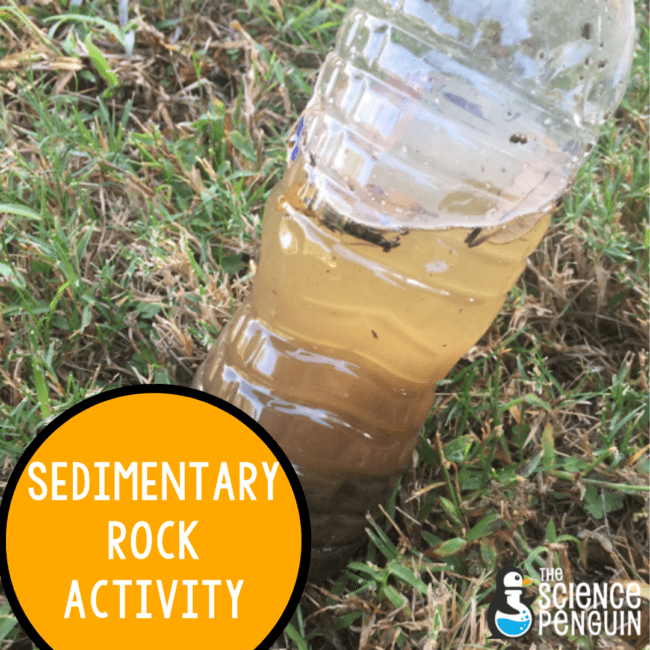
Make sedimentary rock bottles with your students to help them understand the processes that lead to sedimentary rock formation.
This hands-on investigation allows your students to visually see the vocabulary terms such as weathering, erosion, deposition, cementation, and compaction without giving the words away when initially exploring.
See on TpT: Sedimentary Rock Formation Activity
🖼 Sedimentary Layers Art
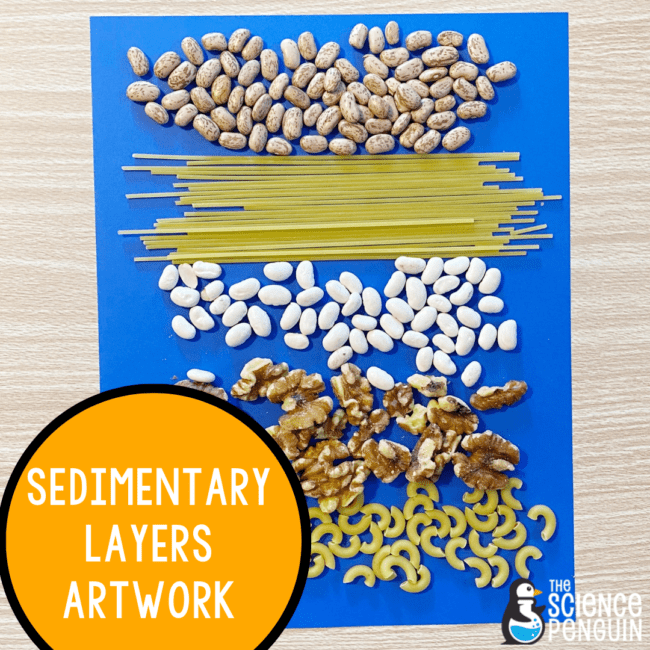
Want to integrate the “A” in STEAM? Give your students various craft materials such as buttons, stamps, colored paper, or even different edible items such as beans, noodles, candy, or any small objects to create a collaborative art piece.
Students will work together to use the materials to form various layers stacked on top of each other no larger than an 8.5×11 piece of paper.
Give time for students to share with other teams why they chose the materials and what led them to make their patterns.
This activity is a great way to introduce how sedimentary rock forms in layers!
💬 No Prep Vocabulary Activities

Matching terms and definitions is old news. For students to master academic vocabulary, they need to develop terms in ways such as:
- Creating chants
- Categories
- Crosswords
- Concept Mapping
- Fill-in-the-blank
- Sylla-puzzles
Just 5 minutes a day can keep new words fresh in students’ minds.
This resource is an easy no-prep solution. No printing. No worksheets.
See on TpT: Sedimentary Rock Formation Spiral Vocabulary Review
🔠 Acronym

When students begin connecting the process of sedimentary rock to vocabulary, acronyms are an easy way for students to remember the process in order.
I loved being silly by saying, “What is the order of the steps for sedimentary rock formation to form?” My students would chant, “WED- CA CA” The CA-CA would help them remember the two C’s at the end!
To help my students distinguish compaction and cementation, I would underline the P in compaction and repeat p-p-p pressure! I would underline the word cement in cementation and emphasize “sticks like glue.”
📓 Flipbook
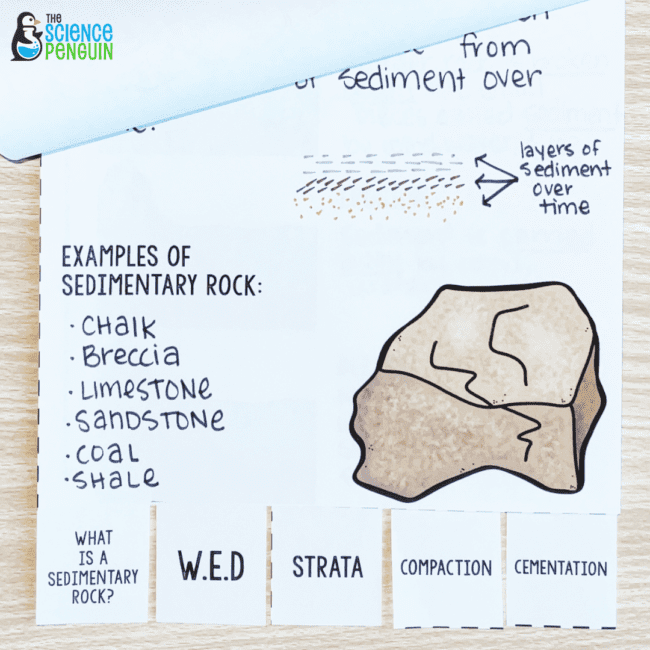
Need a NO PREP science review activity? Make flip books to review sedimentary rock formation. This flip book is easy to assemble and fun to create with students as they wrap up their learning about sedimentary rock!
See on TpT: Sedimentary Rock Flipbook
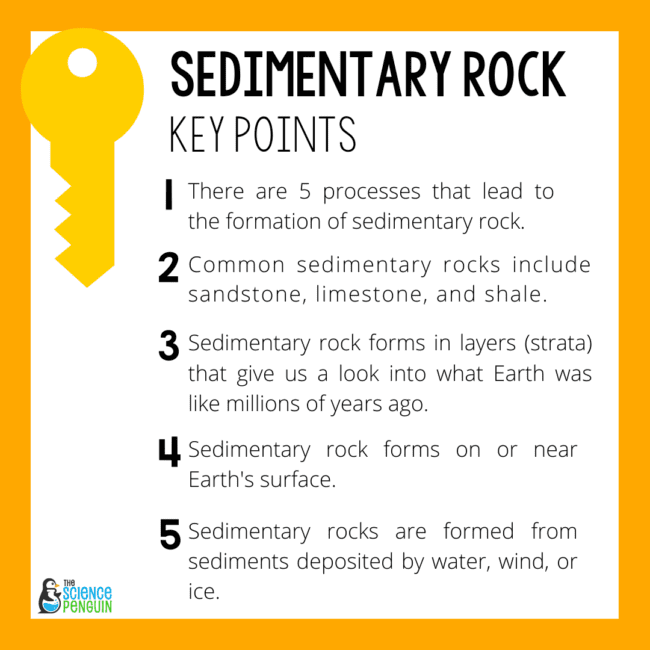
Sign up for the Free Resource Library
This is an exclusive library of 40+ science printables, labs, activities, and games for grades 3-6. Sign up and check your email for immediate access.

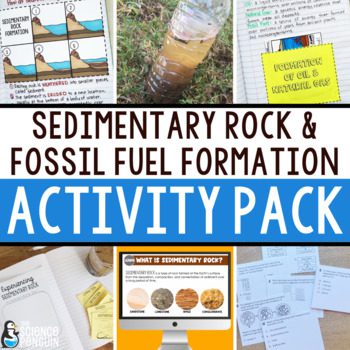

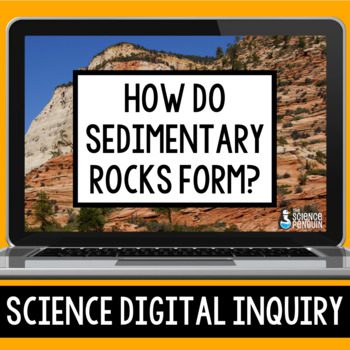


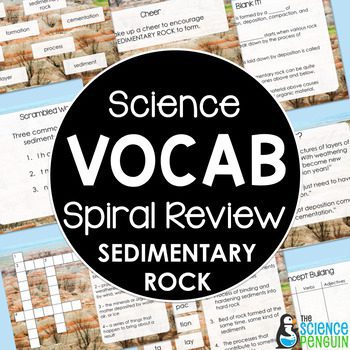

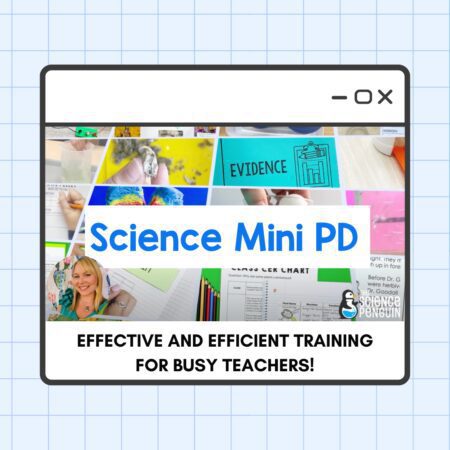


1 thought on “5 Hands-On Activities for Teaching about Sedimentary Rock Formation”
How timely- we just started our rocks/minerals kit…thank you!
Comments are closed.